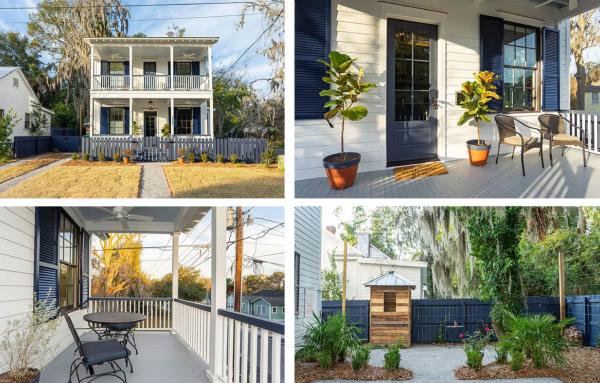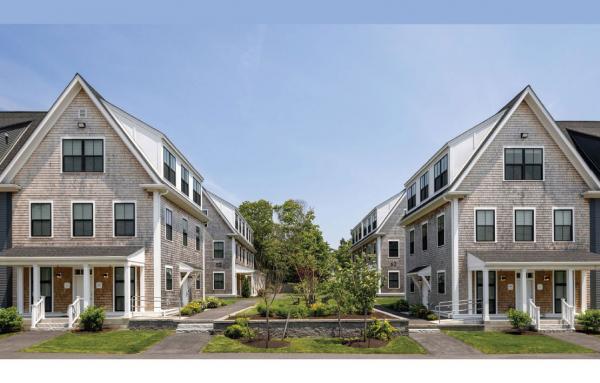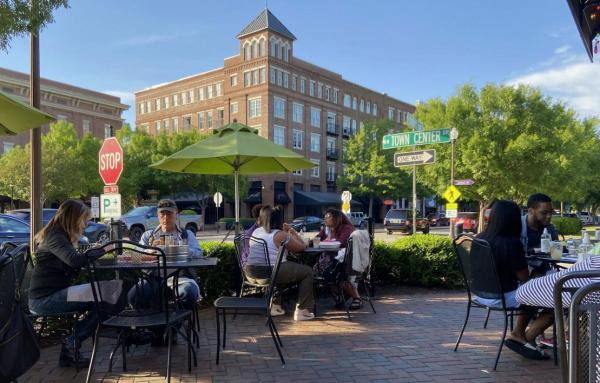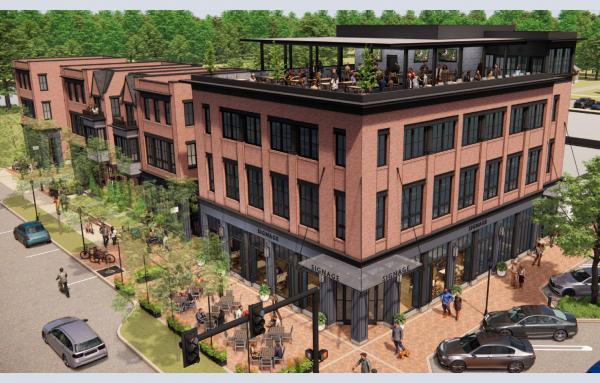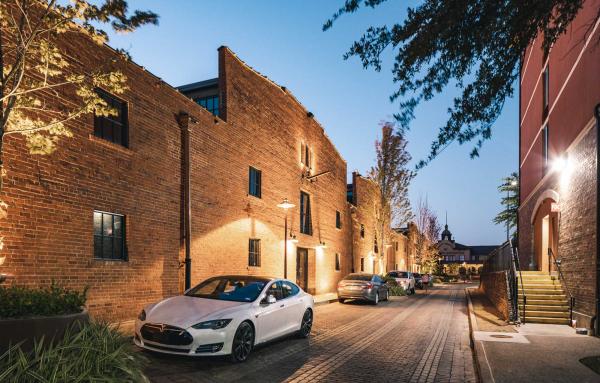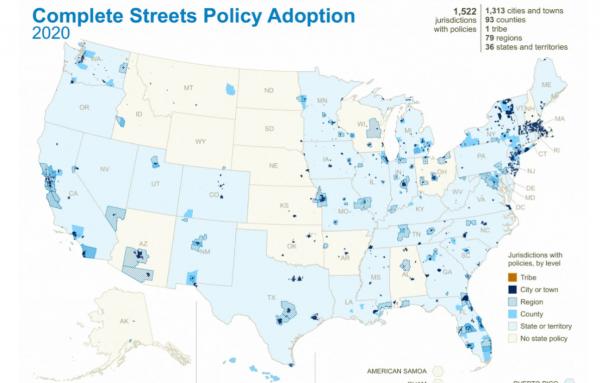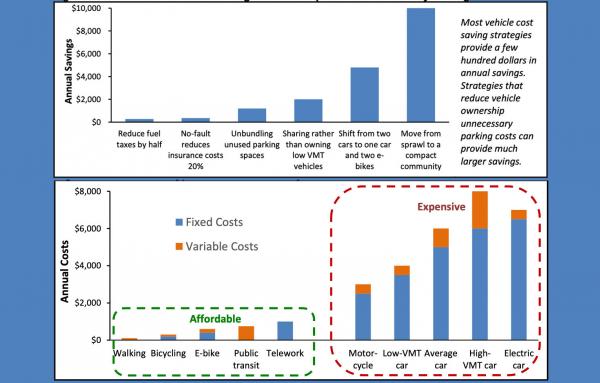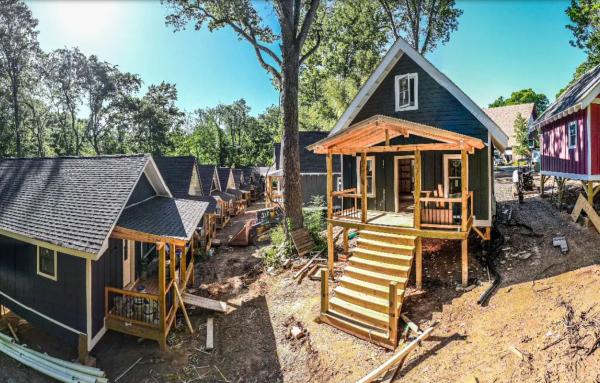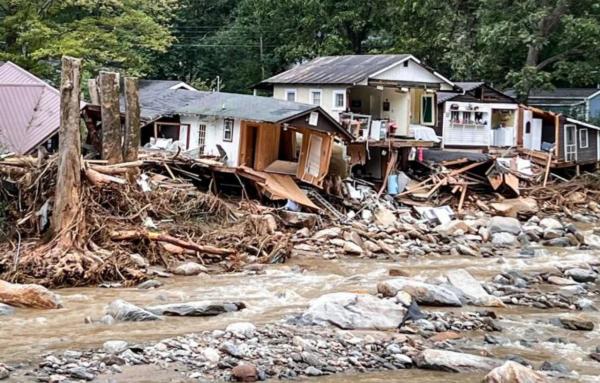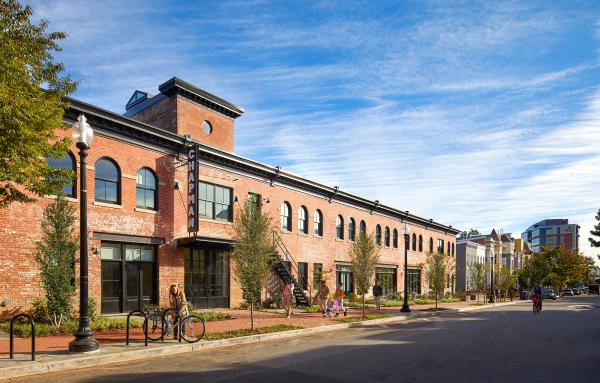RECENT ARTICLES
A ‘missing middle’ design creatively maximizes space to provide an affordable workforce option in Beaufort and beyond.
A small site project offers density and new housing options for Hyannis, Massachusetts, with design that improves an old streetscape.
The Village of Providence shows how you can create a strong place out of nowhere in two decades.
A transit-oriented development between three streetcar suburbs in Prince George’s County, a few miles from DC, demonstrates key elements of mixed-use, good public spaces, and connectivity.
A development plan in Edmond, Oklahoma, has 10-foot-wide townhouses and a mix of small commercial and residential buildings to create intimate urban spaces on the edge of downtown.
Adaptive reuse of horse and mule barns in Fort Worth makes for a unique mixed-use development.
Law professor Michael Lewyn has written a comprehensive and readable analysis of the complete streets movement, why it has failed to transform America’s streets, and what can be done.
A new report highlights how planners can help households reduce cost of living through policies that boost low-cost modes of mobility.
A tiny village of affordable cottages has just been built in Asheville, and the timing is fortuitous. That region desperately needs emergency housing that could also last and contribute to long-term sustainability.
New urbanists are working in devastated areas in North Carolina, helping to set up the kernels of community rebuilding.
The plan for the Scajaquada Expressway would help bridge the divide in the central part of Buffalo, New York, bringing back the glories of an Olmsted-designed greenway.
The Chapman Stables housing in DC shows how sites can evolve radically, while the street-facing facade remains.
